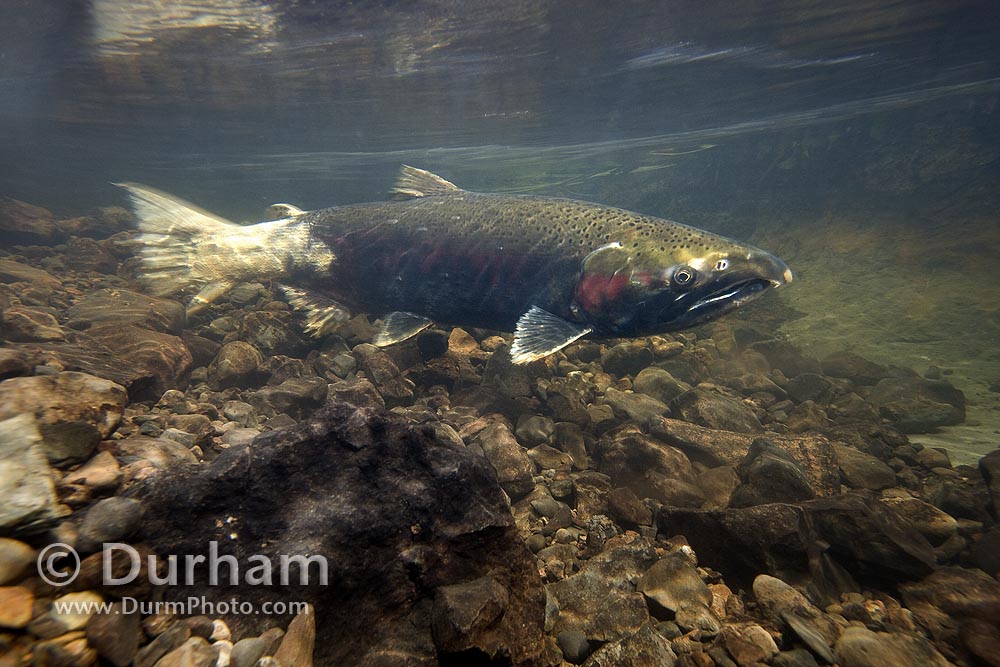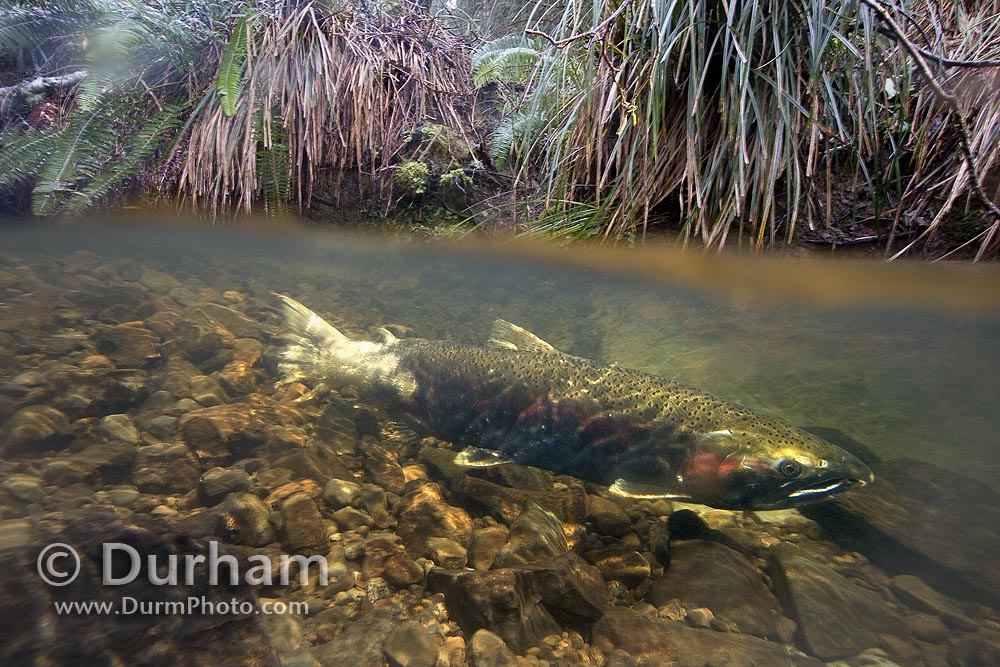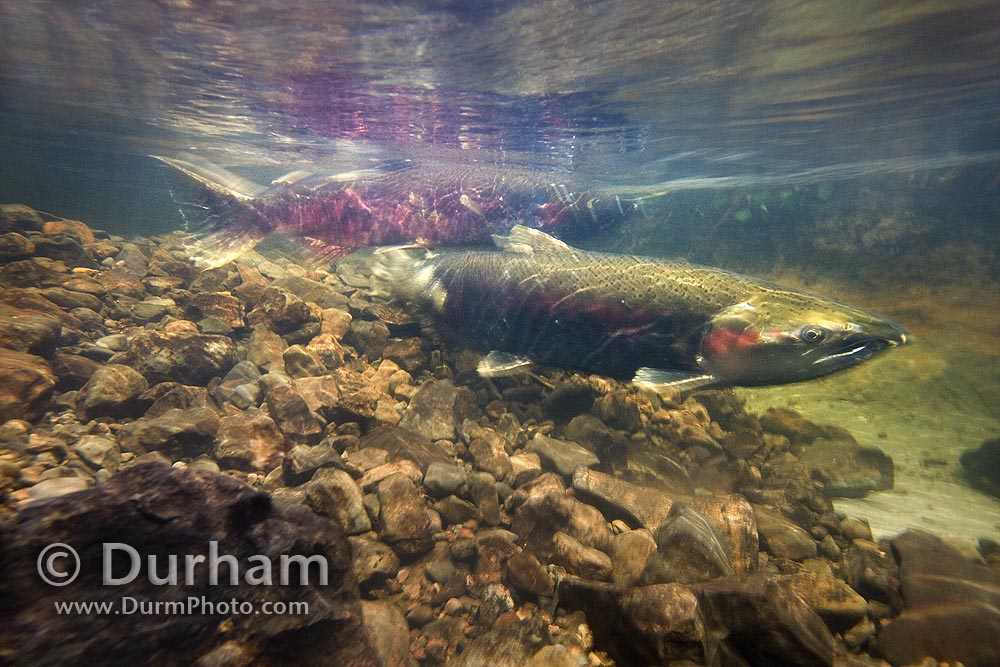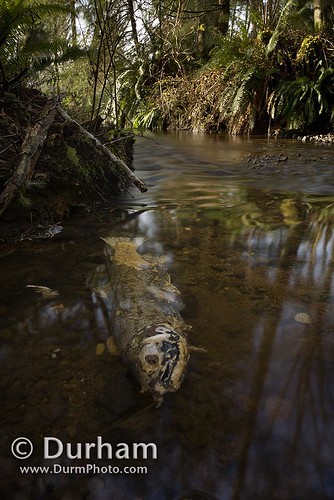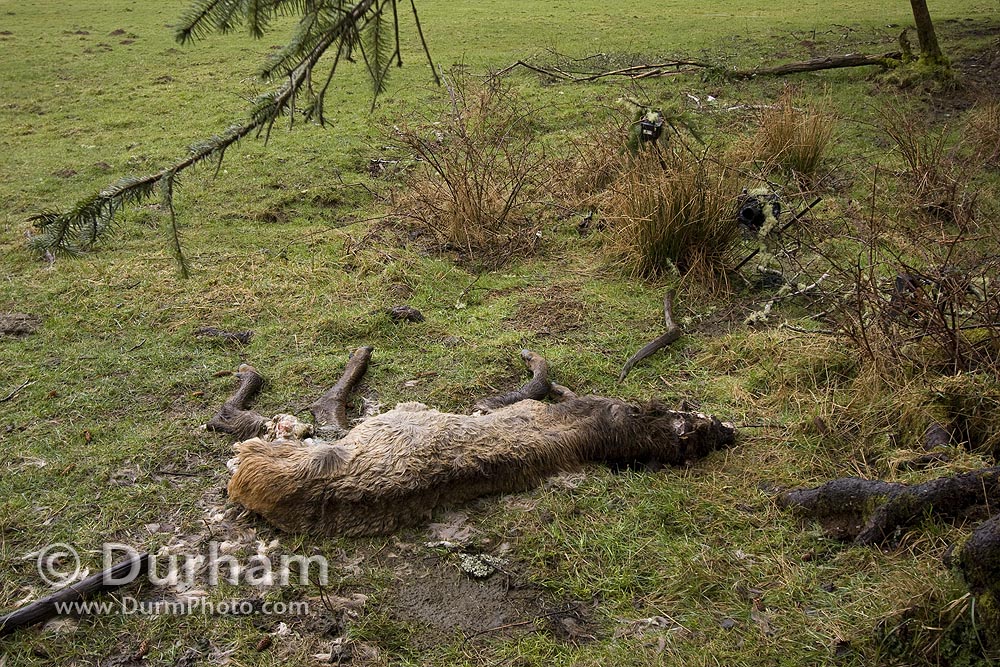
Now it is time for the scavengers. When I arrived, it was obvious that they had already started to feast on the carcass. Probably coyotes and raccoons at night, and hawks and eagles by day. In between hail storms, I set-up three, motion-sensing cameras in the muck and mud around the elk to photograph the scavengers.
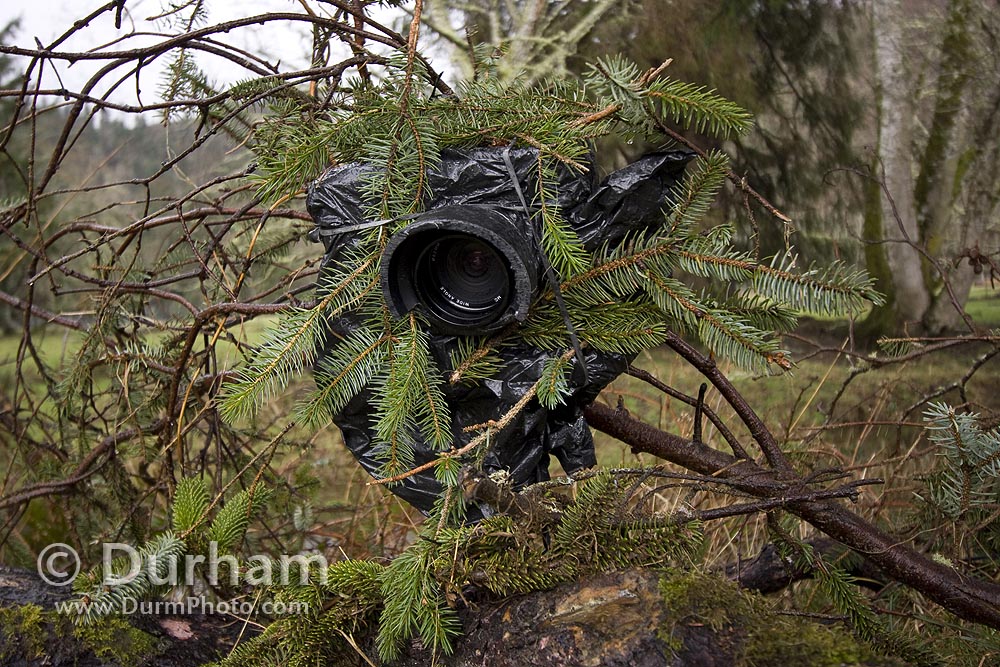
It will be interesting to see what the cameras record.
Stay tuned.


